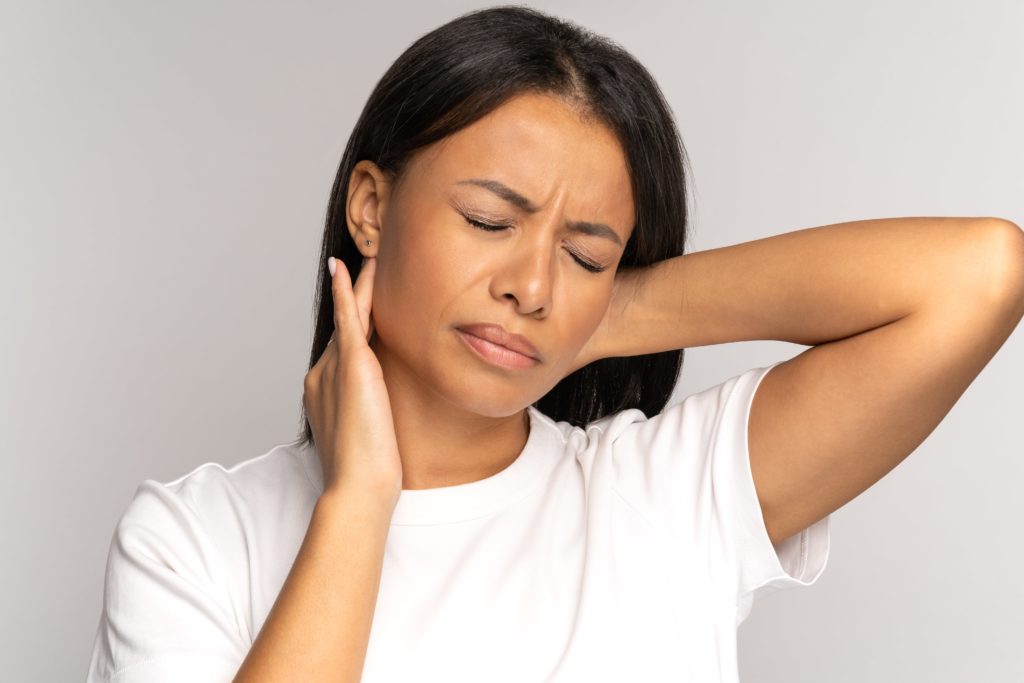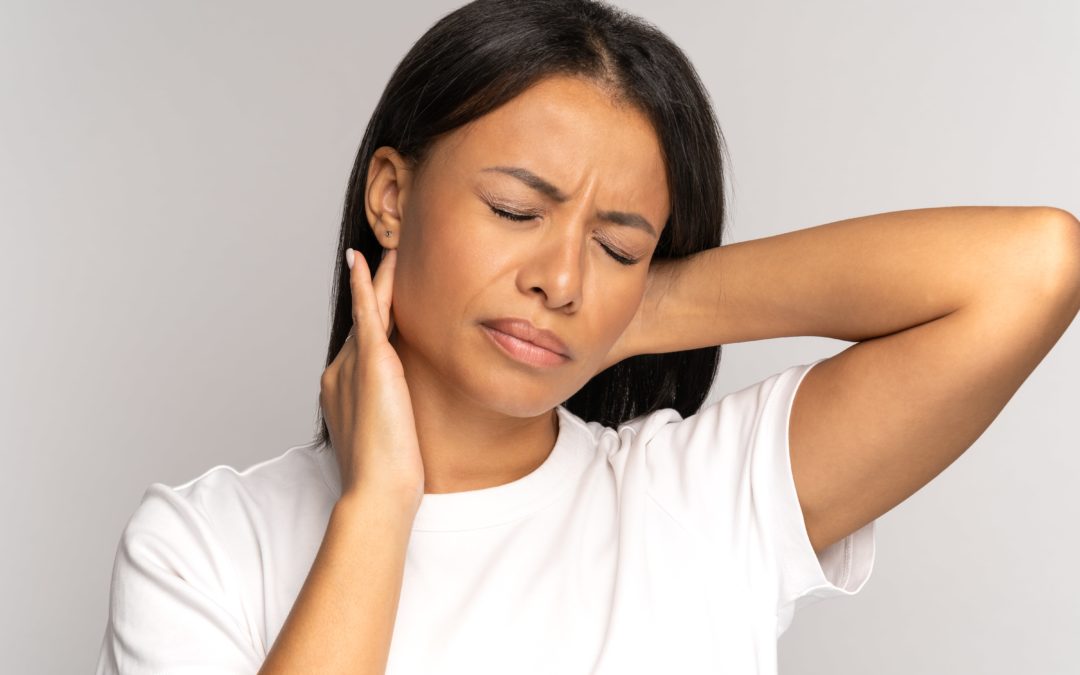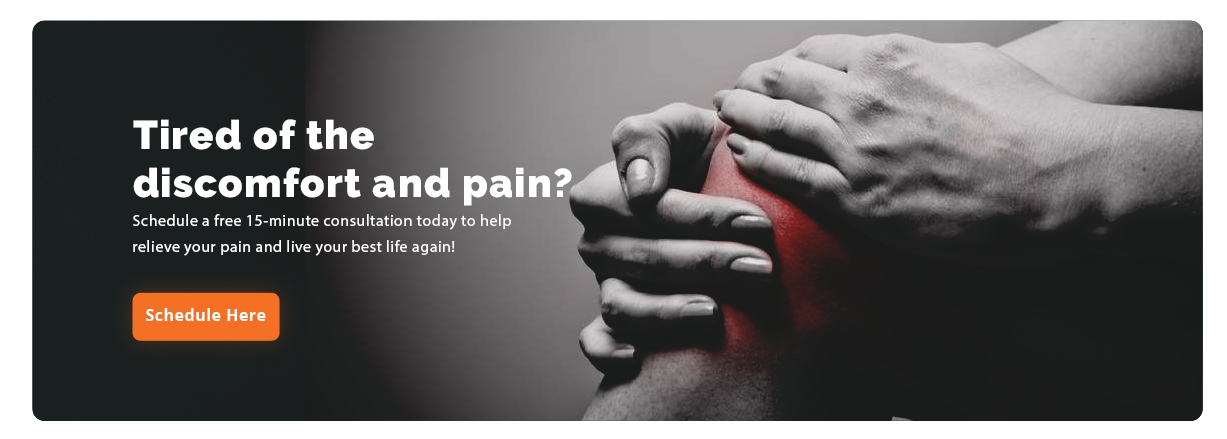“We all have many more abilities and internal resources than we know. My advice is that you don’t need to break your neck to find out about them.” — Christopher Reeve
Like many other parts of our bodies, our necks are a portion of our anatomy that we often take for granted. It’s one of those areas that we cannot see outside of a mirror and, while it is critical, if we do think about it, we tend to think it doesn’t do much.
And strictly speaking, the neck really doesn’t do too many things.
Its range of motion is relatively limited. It has no appendages. It takes up just a fraction of our body’s surface area. And it keeps our heads attached to our trunks.
But when it hurts, it can become the center of our physical universe.
When Neck Pain is not the Result of an Underlying Disease
What causes neck pain?
Aside from disease or some type of medical condition, neck pain can be a common affliction that arises for a number of reasons.
According to the Mayo Clinic, neck pain is common. Poor posture, for example, whether from leaning over a computer or hunching over a workbench, strains neck muscles.
They go on to point out that,
“Because the neck supports the weight of the head, it can be at risk of injuries and conditions that cause pain and restrict motion. Neck pain causes include:
Muscle strains – Overuse, such as too many hours hunched over a computer or a smartphone, often triggers muscle strains. Even minor things, such as reading in bed, can strain neck muscles.
Nerve compression – Herniated disks or bone spurs in the vertebrae of the neck can press on the nerves branching out from the spinal cord.
Injuries – Rear-end auto collisions often result in whiplash injury. This occurs when the head jerks backward and then forward, straining the soft tissues of the neck.”
A neck sprain is a stretched ligament or muscle in the neck. A neck sprain may occur without any obvious injury but sometimes it may be caused by a sudden impact with an object.
Some other, more common causes of neck strain include:
- Poor posture or holding an awkward position – The neck’s muscles, tendons, and ligaments can become strained when the head is held too far forward or tilted at an angle for too long.
- Lifting heavy objects – The neck structure can become strained when lifting something that requires overexertion of the muscles.
- Unaccustomed activity – Neck muscles that are used in a new type of strenuous activity make it more susceptible to strain.
- Repetitive motion – Like other muscles in the body, a long period of repeated motions can eventually strain the neck muscles.
For many people, however, some of the most common causes aside from poor posture include working at a computer for several hours on a regular basis, sleeping in a position that does not support the cervical spine region, and, increasingly, is a new condition that has been called “text neck,” which refers to neck pain caused by looking down at a phone screen or other wireless device for too long or too frequently.
Short-lived Neck Pain, Lingering Neck Pain, and Chronic Neck Pain
More often than not, neck pain from strained muscles and soft tissues rarely lasts more than a day or two. In fact, many people manage quite well with a bit of rest and perhaps some OTC pain relievers.
Lingering neck pain is often associated with injured soft tissues and can last much longer. One hospital states that most patients recover from a neck strain or sprain within four to six weeks with proper treatment and rest.
However, chronic, or recurring neck pain is usually associated with an issue or dysfunction that requires a more specialist approach to bringing pain relief. Because this condition is often rooted in chronic muscle strain resulting from stress and anxiety, or from compressed nerves radiating from the cervical region of the spine, relief can only come from addressing these issues directly.
In many instances, prolonged neck strain can develop what is known as micro-traumas.
As the Active Release website explains,
“A micro-trauma is very small scale damage that occurs in the muscles, tendons, joint capsules, and ligaments is response to small levels of strain. Initially micro-trauma is not painful but may be perceived as a mild ache or tightness in the muscles. Although only small, this damage still needs to be repaired. The body responds to micro-trauma in a predictable way – by laying down small amounts of scar tissue to repair the area. Unfortunately, over time scar tissue will build-up and accumulate into what we call adhesions.”
The good news is that at Pain and Performance Solutions, we specialize in treating our patients with a highly respected and effective soft tissue therapy approach known as Active Release Techniques®, or ART®.
Neck Pain Relief That Lasts with Pain and Performance Solutions
Chronic neck pain is debilitating at best. When the neck is hurting, everything is difficult to do. And when pain killers nor heat and ice fail to bring relief, we simply suffer. And if there is no easily identifiable cause we simply learn to live with the pain.
This is why we invite you to come to Pain and Performance Solutions for treatment.
Once you arrive at your first appointment, we start by learning about your present pain issues as well as any history of discomfort. Achieving neck pain relief with ART® can only begin once we understand where and how your pain started.
A full examination will help us determine which form of treatment is best suited to get you on your road to recovery. Your trust in us is key, as is your honesty. Ultimately, getting your body healthy and working properly is the only way to achieve total recovery.
So, don’t hesitate to reach out. We are here to help and will answer any questions that you may have.
Our goal is to work through the sequence of pain and dysfunction in order to get your body healthy and working properly and to achieve total recovery. Don’t hesitate to reach out. We are here to help and will answer any questions that you may have.
You can reach us at (707) 636-4404 or by filling out our online contact form.



